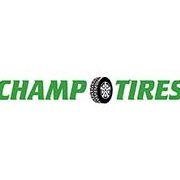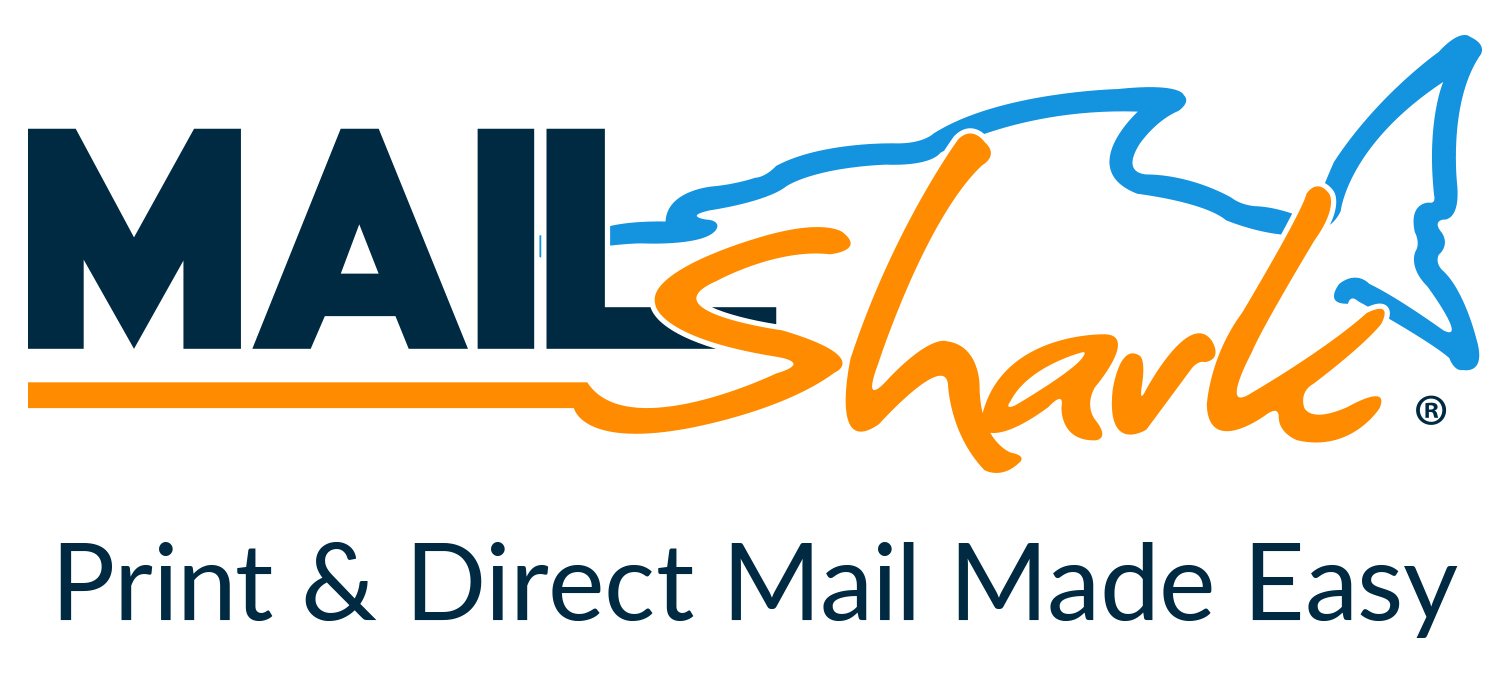How to Compute Overtime Pay
-
Available Subscriptions
-
Have you checked out Joe's Latest Blog?
-
By Joe Marconi in Joe's Blog0 commentsIt always amazes me when I hear about a technician who quits one repair shop to go work at another shop for less money. I know you have heard of this too, and you’ve probably asked yourself, “Can this be true? And Why?” The answer rests within the culture of the company. More specifically, the boss, manager, or a toxic work environment literally pushed the technician out the door.
While money and benefits tend to attract people to a company, it won’t keep them there. When a technician begins to look over the fence for greener grass, that is usually a sign that something is wrong within the workplace. It also means that his or her heart is probably already gone. If the issue is not resolved, no amount of money will keep that technician for the long term. The heart is always the first to leave. The last thing that leaves is the technician’s toolbox.
Shop owners: Focus more on employee retention than acquisition. This is not to say that you should not be constantly recruiting. You should. What it does means is that once you hire someone, your job isn’t over, that’s when it begins. Get to know your technicians. Build strong relationships. Have frequent one-on-ones. Engage in meaningful conversation. Find what truly motivates your technicians. You may be surprised that while money is a motivator, it’s usually not the prime motivator.
One last thing; the cost of technician turnover can be financially devastating. It also affects shop morale. Do all you can to create a workplace where technicians feel they are respected, recognized, and know that their work contributes to the overall success of the company. This will lead to improved morale and team spirit. Remember, when you see a technician’s toolbox rolling out of the bay on its way to another shop, the heart was most likely gone long before that.
-
-
Similar Topics
-
By champtires
Premium Member Content
This content is hidden to guests, one of the benefits of a paid membership. Please login or register to view this content.
-
By carmcapriotto
Want to create marketing that actually excites your customers and keeps them coming back for more? In this episode, host Brian Walker and co-host Kim Walker sit down with Robert Morton from Panhandle Eurotech to uncover how a simple treasure hunt turned into a marketing powerhouse, boosting website traffic, improving SEO rankings, and creating a stronger connection with their community.
Robert shares how his shop designed a treasure hunt that got people actively searching for clues, engaging with their website, and following their business more closely than ever before. From increasing customer interaction to enhancing their shop’s online visibility, this strategy has proven to be a game-changer.
You'll hear wild stories from past treasure hunts, how people got hooked, and why this strategy keeps working time and time again. Plus, we dive into the impact of gamification, creative ways to engage your audience, and how to build a marketing strategy that actually works for your shop.
Don't miss this episode, tune in now and start thinking outside the box with your marketing! 🚀
Thank you to our friends at RepairPal for providing you this episode. RepairPal’s Certified
Network of shops are trusted by millions of customers each month. Learn more at
RepairPal.com/shops.
Are you ready to convert clients to members? App Fueled specializes in creating custom apps tailored specifically for professional auto repair businesses. Visit Appfueled.com to get started today. Keep your shop top of mind on the mobile device they love.
Lagniappe (Books, Links, Other Podcasts, etc)
Panhandle Eurotech
Show Notes with Timestamps
How To Get In Touch
Join The Auto Repair Marketing Mastermind Group on Facebook
Meet The Pros
Follow SMP on Facebook
Follow SMP on Instagram
Get The Ultimate Guide to Auto Repair Shop Marketing Book
Email Us Podcast Questions or Topics
The Aftermarket Radio Network: https://aftermarketradionetwork.com/
Remarkable Results Radio Podcast with Carm Capriotto: Advancing the Aftermarket by Facilitating Wisdom Through Story Telling and Open Discussion. https://remarkableresults.biz/
Diagnosing the Aftermarket A to Z with Matt Fanslow: From Diagnostics to Metallica and Mental Health, Matt Fanslow is Lifting the Hood on Life. https://mattfanslow.captivate.fm/
Business by the Numbers with Hunt Demarest: Understand the Numbers of Your Business with CPA Hunt Demarest. https://huntdemarest.captivate.fm/
The Auto Repair Marketing Podcast with Kim and Brian Walker: Marketing Experts Brian & Kim Walker Work with Shop Owners to Take it to the Next Level. https://autorepairmarketing.captivate.fm/
The Weekly Blitz with Chris Cotton: Weekly Inspiration with Business Coach Chris Cotton from AutoFix - Auto Shop Coaching. https://chriscotton.captivate.fm/
Speak Up! Effective Communication with Craig O'Neill: Develop Interpersonal and Professional Communication Skills when Speaking to Audiences of Any Size. https://craigoneill.captivate.fm/
Click to go to the Podcast on Remarkable Results Radio
-
By carmcapriotto
The Weekly Blitz is brought to you by our friends over at Shop Marketing Pros. If you want to take your shop to the next level, you need great marketing. Shop Marketing Pros does top-tier marketing for top-tier shops.
Click here to learn more about Top Tier Marketing by Shop Marketing Pros and schedule a demo: https://shopmarketingpros.com/chris/
Check out their podcast here: https://autorepairmarketing.captivate.fm/
If you would like to join their private facebook group go here: https://www.facebook.com/groups/autorepairmarketingmastermind
SHOW NOTES
Connect with Chris: chris autofixsos.com
Phone: 940.400.1008
www.autoshopcoaching.com
Facebook: https://www.facebook.com/
AutoFixAutoShopCo
Connect with Chris: chris autofixsos.com Phone: 940.400.1008 www.autoshopcoaching.com Facebook: https://www.facebook.com/ AutoFixAutoShopCoachingYoutube: https://bit.ly/3ClX0ae
www.autoshopcoaching.com
Facebook: https://www.facebook.com/ AutoFixAutoShopCoaching
Youtube: https://bit.ly/3ClX0ae
The Aftermarket Radio Network
Remarkable Results Radio Podcast with Carm Capriotto: Advancing the Aftermarket by Facilitating Wisdom Through Story Telling and Open Discussion
Diagnosing the Aftermarket A to Z with Matt Fanslow: From Diagnostics to Metallica and Mental Health, Matt Fanslow is Lifting the Hood on Life.
The Auto Repair Marketing Podcast with Kim and Brian Walker: Marketing Experts Brian & Kim Walker Work with Shop Owners to Take it to the Next Level.
The Weekly Blitz with Chris Cotton: Weekly Inspiration with Business Coach Chris Cotton from AutoFix - Auto Shop Coaching.
Business by the Numbers with Hunt Demarest: Understand the Numbers of Your Business with CPA Hunt Demarest.
Speak Up! Effective Communication with Craig O'Neill: Develop Interpersonal and Professional Communication Skills when Speaking to Audiences of Any Size.
To listen to more episodes, make sure and go over to iTunes and or Spotify.
Don't forget to rate and review us!
Connect with Chris:
AutoFix-Auto Shop Coaching
www.autoshopcoaching.com
www.aftermarketradionetwork.com
#autofixautoshopcoaching #autofixbeautofixing #autoshopprofits #autoshopprofit #autoshopprofitsfirst #autoshopleadership #autoshopmanagement #autorepairshopcoaching #autorepairshopconsulting #autorepairshoptraining #autorepairshop #autorepair #serviceadvisor #serviceadvisorefficiency #autorepairshopmarketing #theweeklyblitz #autofix #shopmarketingpros #autofixautoshopcoachingbook
Click to go to the Podcast on Remarkable Results Radio
-
By carmcapriotto
Thank You To Our Partners The Institute, AutoFlow, AutoLeap, Shop Dog Marketing, In-Bound
Watch Full Video Episode
One of the greatest joys for our team at ARN and this show is to welcome listeners of “Speak Up” to join us and SPEAK UP as a guest along with our host, Craig O’Neill!
Today’s guest is Drew Van Der Wiede.
A Service Manager from Mahomet Car Connection in Mahomet, IL - Drew recently attended VISION 2025 for his 3rd time!
Drew was also one of the brave attendees who took the stage in the course titled: SPEAK UP - Effective Communication! (Fun Fact - The course title, inspired in co-operation with Chris Cloutier, pre-dated this podcast!)
Working through his nerves, Drew gave his first ever speech to a room of 80 people. His speech stood out because he shared a story about personal triumph over adversity after being told by doctors, due to a condition, that his left arm would never be useful. Yet, Drew functioned for years as a heavy-repair specialist prior to his current role as a Service manager.
In this episode Drew describes what it was like at VISION this year, and how his participation on stage in the Speak Up course set the stage for his time at VISION.
As a first time speaker - we get to hear about his perspective of the audience - things he wished he remembered to say - and here in our conversation we created an opportunity to share a point from his speech which made his title even more memorable, as it punctuates the primary mission for this show; improving the image of our industry by becoming better communicators.
Todays Word of the Day:
gumption: noun
shrewd or spirited initiative and resourcefulness. "Drew had the gumption to fund his own trip to VISION!"
Book Recommendation mentioned in this episode:
Millers Bolt by Thomas Stirr
Thank You To Our Partners The Institute, AutoFlow, AutoLeap, Shop Dog Marketing, In-Bound:
The Institute at WeAreTheInstitute.com. "Stop stressing over your business, you deserve a good night's sleep. The Institute’s coaching helps you achieve success and financial peace.
AutoFlow at AutoFlow.com. Your partner in technology, Autoflow consolidates your client interactions - before, during and after the visit to a single thread. Learn more at Autoflow.com
AutoLeap at AutoLeap.com. Are you tired of juggling multiple tools to manage your auto repair shop? Say hello to the streamlined efficiency of AutoLeap, the #1 all-in-one Auto Repair Shop Management Software!
Shop Dog Marketing at Shop Dog Marketing.com. "Want to see your auto repair shop thrive? Let Shop Dog Marketing be your guide. Our customer-first approach, combined with AI-driven creative content, ensures top rankings.
In-Bound at CallInBound.com. Cover your communication needs and revolutionize your auto repair business with AI-driven call analytics from InBound.
Contact Information
Email Craig O'Neill: [email protected] Join Our Virtual Toastmasters Club: https://remarkableresults.biz/toastmasters
The Aftermarket Radio Network: https://aftermarketradionetwork.com/
Remarkable Results Radio Podcast with Carm Capriotto: Advancing the Aftermarket by Facilitating Wisdom Through Story Telling and Open Discussion. https://remarkableresults.biz/
Diagnosing the Aftermarket A to Z with Matt Fanslow: From Diagnostics to Metallica and Mental Health, Matt Fanslow is Lifting the Hood on Life. https://mattfanslow.captivate.fm/
Business by the Numbers with Hunt Demarest: Understand the Numbers of Your Business with CPA Hunt Demarest. https://huntdemarest.captivate.fm/
The Auto Repair Marketing Podcast with Kim and Brian Walker: Marketing Experts Brian & Kim Walker Work with Shop Owners to Take it to the Next Level. https://autorepairmarketing.captivate.fm/
The Weekly Blitz with Chris Cotton: Weekly Inspiration with Business Coach Chris Cotton from AutoFix - Auto Shop Coaching. https://chriscotton.captivate.fm/
Click to go to the Podcast on Remarkable Results Radio
-
-
By carmcapriotto
The Weekly Blitz is brought to you by our friends over at Shop Marketing Pros. If you want to take your shop to the next level, you need great marketing. Shop Marketing Pros does top-tier marketing for top-tier shops.
Click here to learn more about Top Tier Marketing by Shop Marketing Pros and schedule a demo: https://shopmarketingpros.com/chris/
Check out their podcast here: https://autorepairmarketing.captivate.fm/
If you would like to join their private facebook group go here: https://www.facebook.com/groups/autorepairmarketingmastermind
SHOW NOTES
Throughout the episode, Coach Chris covers a range of pivotal topics that are crucial for business growth and sustainability. He discusses the potential benefits of real estate investments, drawing parallels to the Monopoly board where acquiring properties can lead to increased revenue and long-term financial gains. Additionally, he explores the concept of financial diversification, encouraging shop owners to explore various avenues for generating income beyond their core services.
A significant portion of the discussion is dedicated to the value of forming strategic partnerships and investing in employee development. Coach Chris emphasizes that nurturing relationships with other businesses and fostering a skilled workforce can lead to enhanced service offerings and a competitive edge in the market. He also highlights the critical role of cash flow management, advising shop owners on how to maintain a healthy financial status that supports both day-to-day operations and future growth initiatives.
Strategic expansion is another key theme, with Coach Chris providing insights on how to scale operations thoughtfully and sustainably. By aligning expansion efforts with clearly defined business objectives, shop owners can achieve financial stability and set the stage for long-term success.
Introduction and Overview (00:00:09)
Coach Chris Cotton introduces the podcast and its focus on auto repair business strategies.
Monopoly Metaphor (00:01:05)
Chris uses Monopoly to illustrate strategic business management and growth opportunities for shop owners.
Defining Your Business Size (00:02:03)
Discussion on ambitions regarding the size of the business—local, regional, or national expansion goals.
Opportunities for Growth (00:03:12)
Encouragement to view business opportunities as "squares" on a Monopoly board, representing growth potential.
Real Estate Investments (00:04:25)
The benefits of owning property, including passive income and stability for the auto repair business.
Diversification of Income Streams (00:05:28)
Exploration of additional income sources like storage facilities and rental properties to enhance financial security.
Financial Investments (00:06:41)
Importance of stocks and retirement accounts for long-term financial growth and stability beyond the auto industry.
Flexibility in Business Strategy (00:07:58)
The need for adaptability in response to unexpected challenges and opportunities in the business landscape.
Strategic Partnerships (00:08:41)
Value of collaborations with suppliers and other businesses to create growth opportunities and enhance profitability.
Employee Development (00:09:04)
Investing in team training and development as a critical factor for business success and employee retention.
Connect with Chris: chris autofixsos.com
Phone: 940.400.1008
www.autoshopcoaching.com
Facebook: https://www.facebook.com/
AutoFixAutoShopCo
Connect with Chris: chris autofixsos.com Phone: 940.400.1008 www.autoshopcoaching.com Facebook: https://www.facebook.com/ AutoFixAutoShopCoachingYoutube: https://bit.ly/3ClX0ae
www.autoshopcoaching.com
Facebook: https://www.facebook.com/ AutoFixAutoShopCoaching
Youtube: https://bit.ly/3ClX0ae
The Aftermarket Radio Network
Remarkable Results Radio Podcast with Carm Capriotto: Advancing the Aftermarket by Facilitating Wisdom Through Story Telling and Open Discussion
Diagnosing the Aftermarket A to Z with Matt Fanslow: From Diagnostics to Metallica and Mental Health, Matt Fanslow is Lifting the Hood on Life.
The Auto Repair Marketing Podcast with Kim and Brian Walker: Marketing Experts Brian & Kim Walker Work with Shop Owners to Take it to the Next Level.
The Weekly Blitz with Chris Cotton: Weekly Inspiration with Business Coach Chris Cotton from AutoFix - Auto Shop Coaching.
Business by the Numbers with Hunt Demarest: Understand the Numbers of Your Business with CPA Hunt Demarest.
Speak Up! Effective Communication with Craig O'Neill: Develop Interpersonal and Professional Communication Skills when Speaking to Audiences of Any Size.
To listen to more episodes, make sure and go over to iTunes and or Spotify.
Don't forget to rate and review us!
Connect with Chris:
AutoFix-Auto Shop Coaching
www.autoshopcoaching.com
www.aftermarketradionetwork.com
#autofixautoshopcoaching #autofixbeautofixing #autoshopprofits #autoshopprofit #autoshopprofitsfirst #autoshopleadership #autoshopmanagement #autorepairshopcoaching #autorepairshopconsulting #autorepairshoptraining #autorepairshop #autorepair #serviceadvisor #serviceadvisorefficiency #autorepairshopmarketing #theweeklyblitz #autofix #shopmarketingpros #autofixautoshopcoachingbook
Click to go to the Podcast on Remarkable Results Radio
-
-
-
Our Sponsors

















Recommended Posts
Create an account or sign in to comment
You need to be a member in order to leave a comment
Create an account
Sign up for a new account in our community. It's easy!
Register a new accountSign in
Already have an account? Sign in here.
Sign In Now